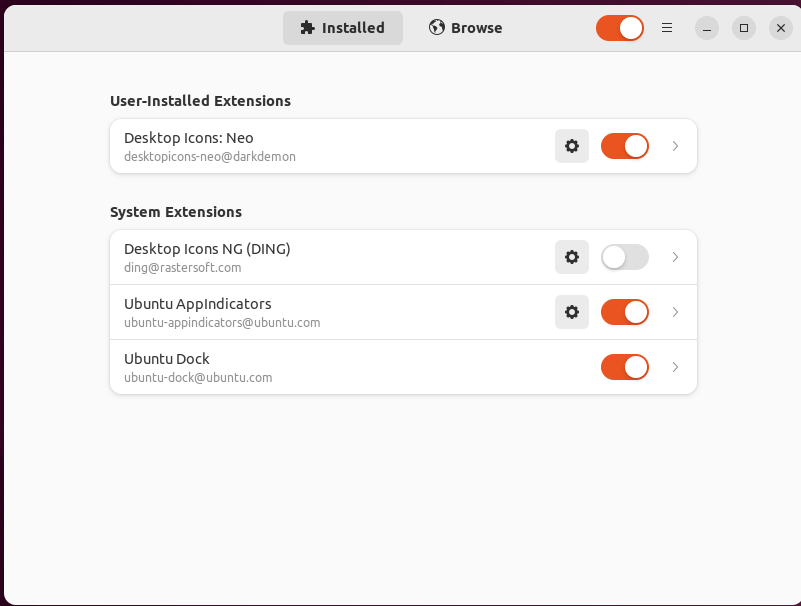Microsoft has been doing a lot to promote linux interoperability on windows. I see this as a great step in the right direction, after decades of a closed and exclusive culture that has been a pain for cross-os users like myself.
Here is a quick and dirty rundown of how (March 2019) to install Ubuntu on Windows 10:
See here for the full rundown: https://docs.microsoft.com/en-us/windows/wsl/install-win10
Install the Windows Subsystem for Linux
Before installing any Linux distros for WSL, you must ensure that the “Windows Subsystem for Linux” optional feature is enabled:
- Open PowerShell as Administrator (search for Powershell, right click, run as administrator), and run this command:
Enable-WindowsOptionalFeature -Online -FeatureName Microsoft-Windows-Subsystem-Linux
- Restart your computer when prompted.
Install your Linux Distribution of Choice
Go to the Microsoft Store and search for Ubuntu. Install it.
—
Once you are in Ubuntu, there are a few things to do that will make everything nicer…
Update Ubuntu and setup ssh server
sudo apt-get update
sudo apt-get dist-upgrade
sudo apt-get install openssh-server
sudo service ssh start
Fix character encoding issue (until this is fixed upstream)
sudo gunzip –keep /usr/share/i18n/charmaps/UTF-8.gz
sudo dpkg-reconfigure –frontend=noninteractive locales
Setup SSH under your user
mkdir .ssh
chmod 700 .ssh
touch .ssh/authorized_keys
chmod 600 .ssh/authorized_keys
(put your public key in there)
Setup PuTTY
You can then configure PuTTY to connect to 127.0.0.1 port 22 with your username and key (ideally from Pageant)
—
You can access your c drive under /mnt/c/
You can access your desktop using /mnt/c/Users/YOU/Desktop
This enables you to write convenient scripts in ubuntu that affect windows files on your desktop for example.




